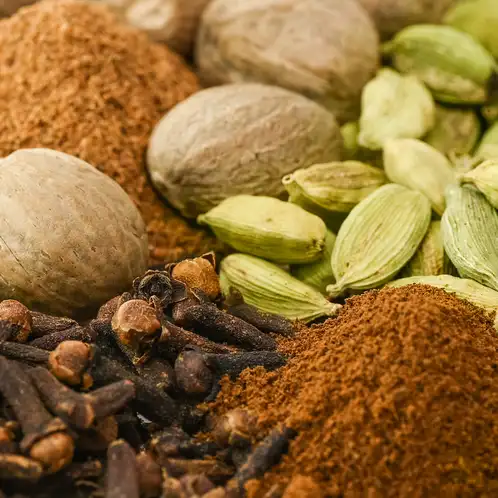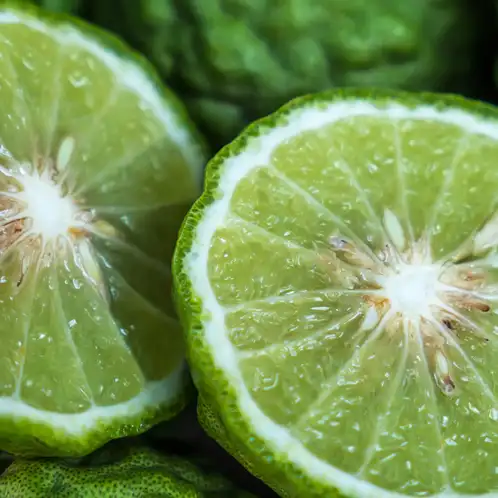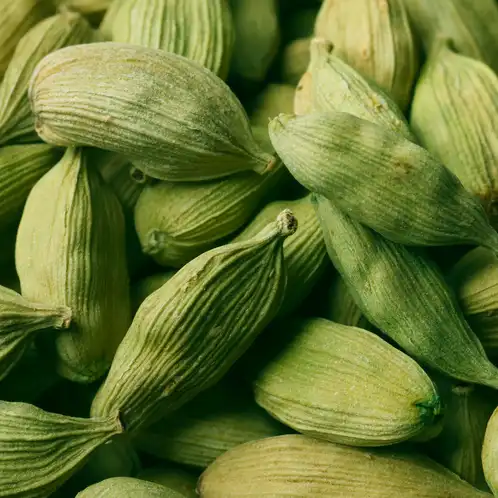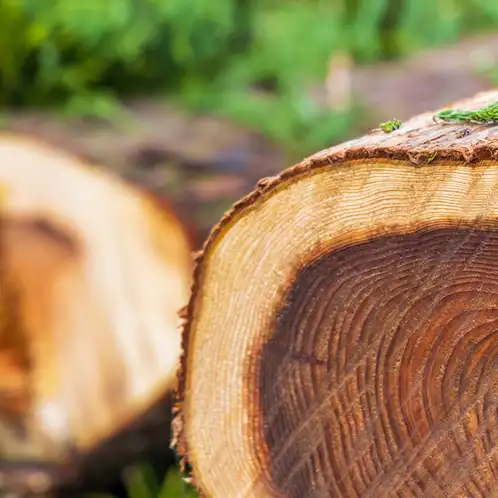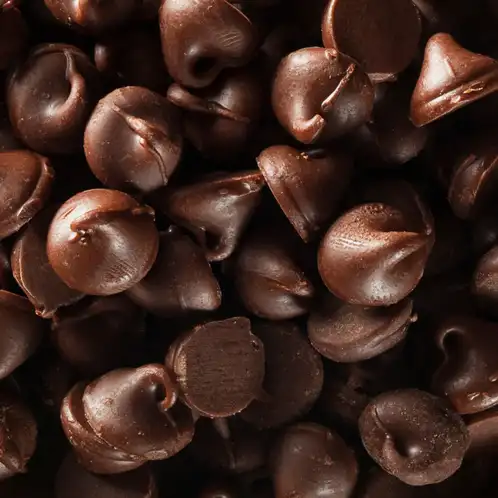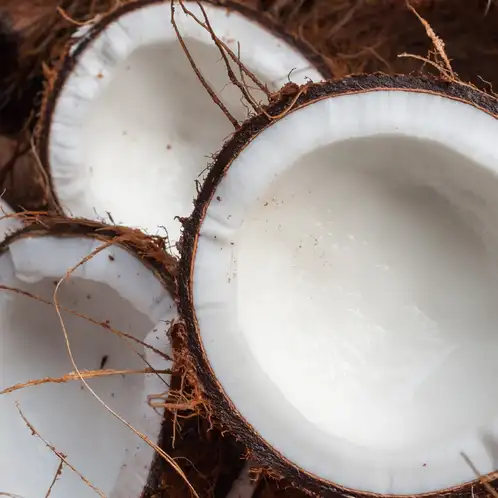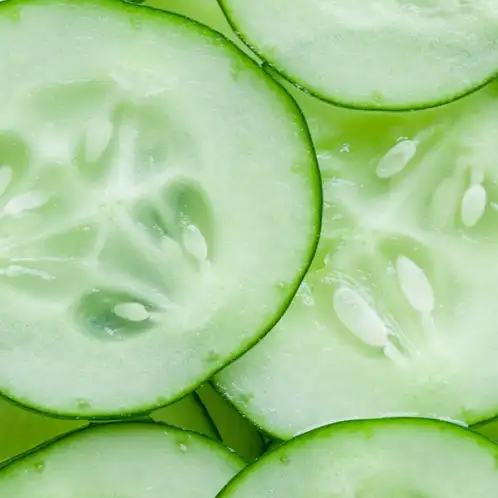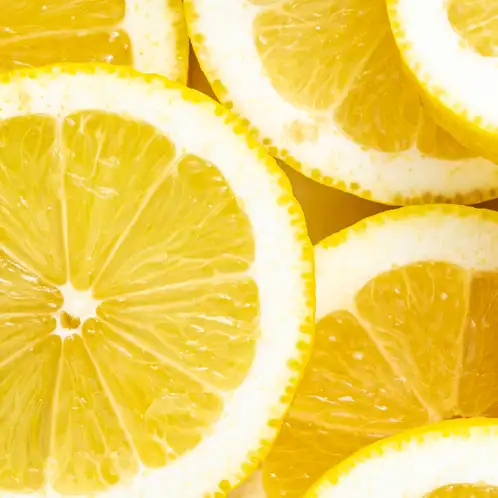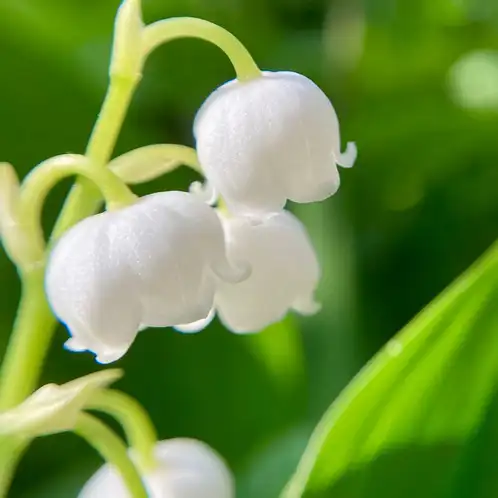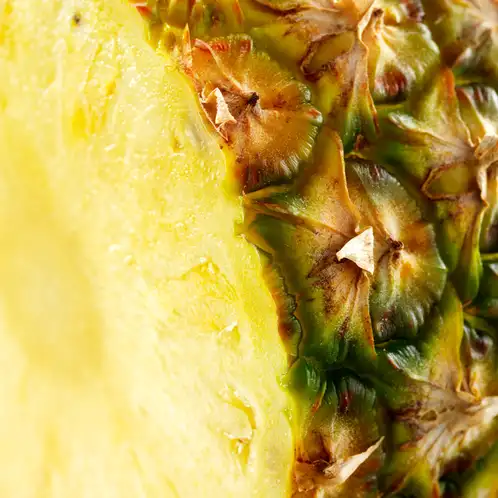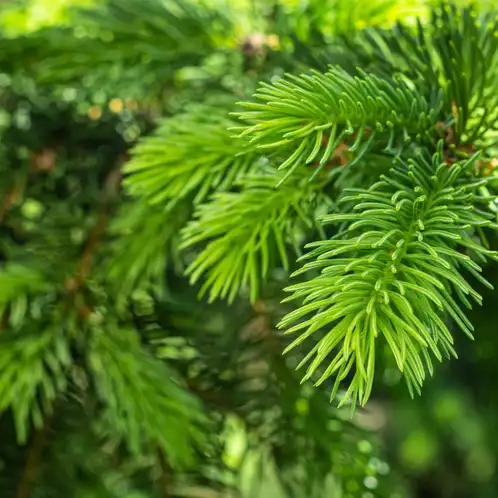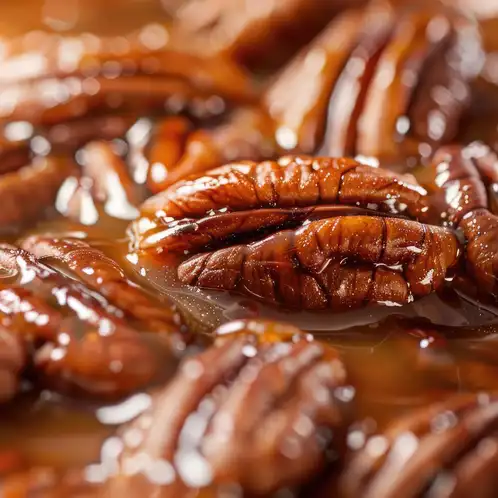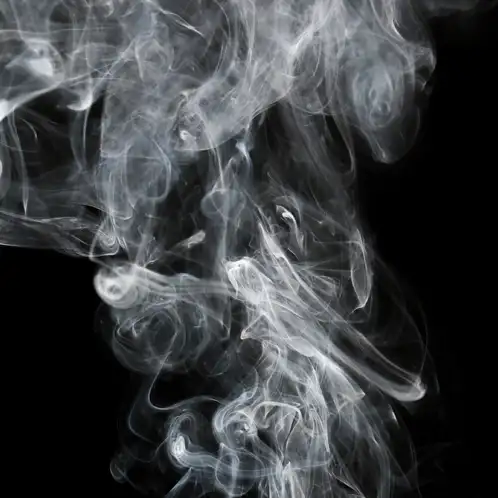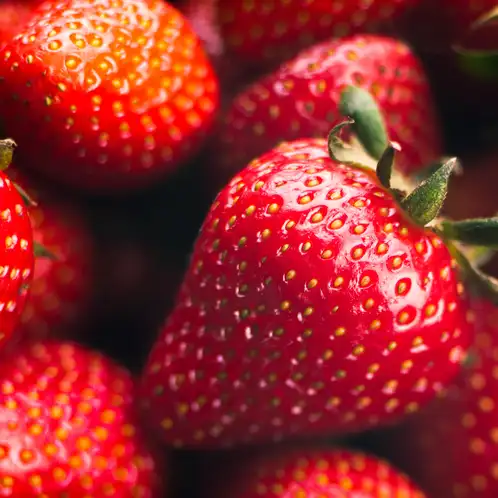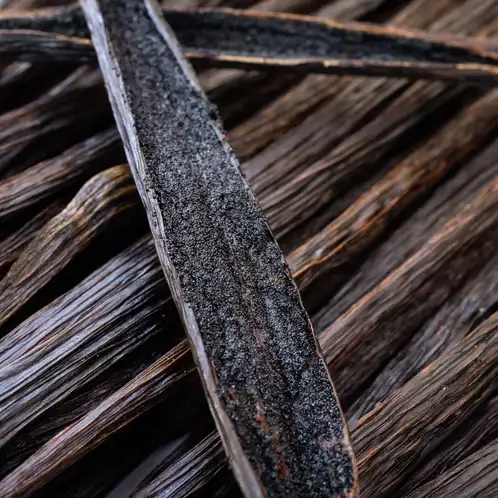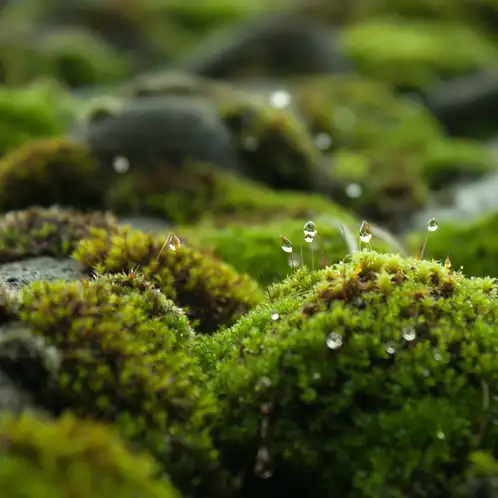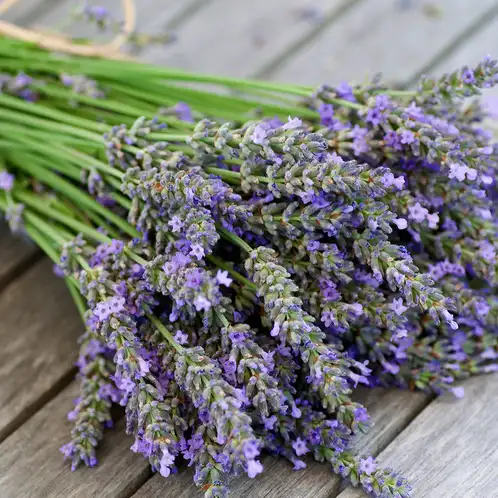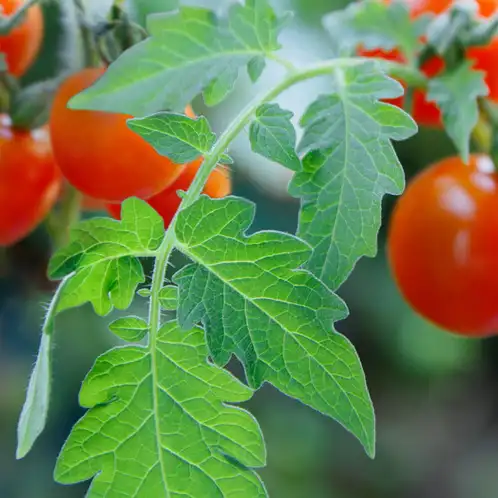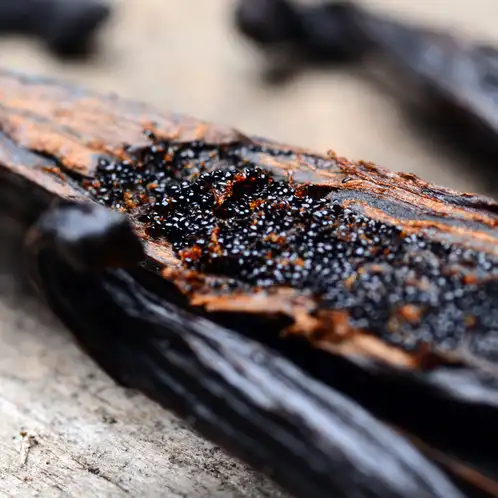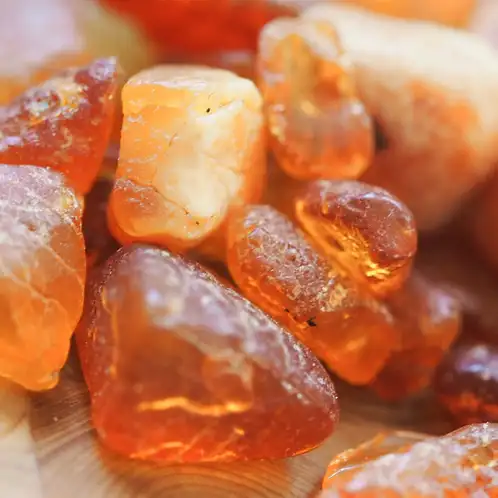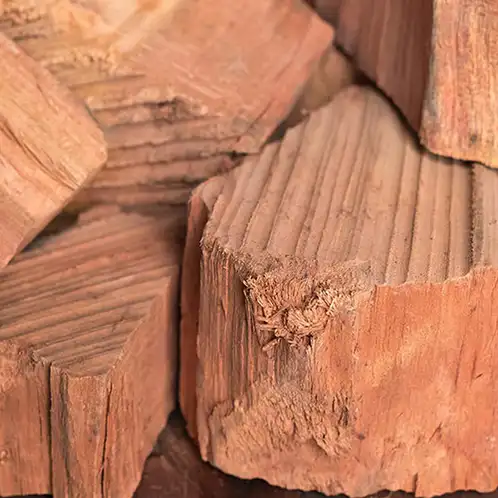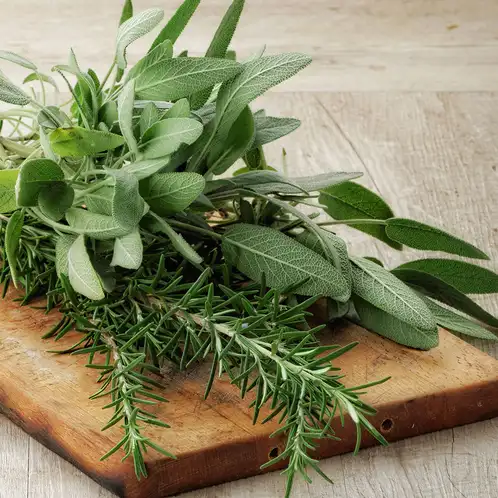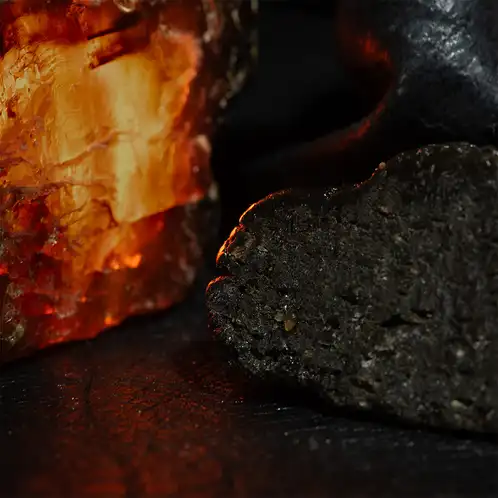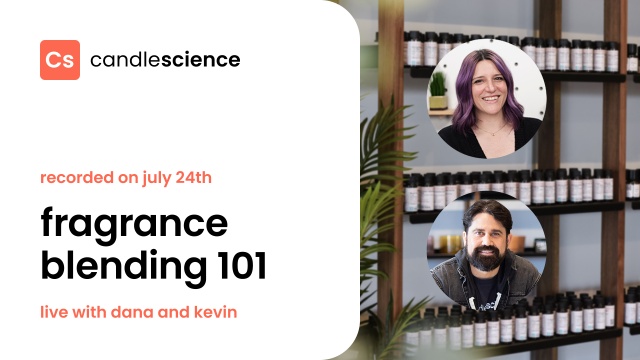Fragrance Oil Blending 101
With a bit of know-how and a little creativity, anyone can become a fragrance mixologist! Read on for tips to get you started, and snag some of our tried-and-true fragrance oil blend recipes to begin your blending adventure.
Let's Mix It Up!
When it comes to blending fragrances, there is no right or wrong.
As you begin working with scents regularly, you’ll find that your nose for fragrance gets more and more refined. Just like with food and wine, as you’re working with and paying attention to the subtleties of different aromas, the more you’ll find your sense of smell evolving. Blending is a great way to “exercise” your nose and allows you to tweak fragrances to your own tastes and create your own candle scents. Not to mention...it’s just plain fun!
That said, it can seem a little intimidating to get started. But never fear, anyone can become a fragrance mixologist—all it takes is a bit of know-how and a little creativity.
The Language of Scent: Fragrance Notes
When we describe the character of a fragrance, we talk about it in terms of top notes, middle notes, and base notes. The way the fragrance notes combine is what gives every scent its own unique profile.
- The top notes of a fragrance are what you smell first, the aromas that give you an initial impression and draw you in. Top notes are usually lighter in smell and tend to be citrusy or soft florals. These are the most volatile notes, meaning that they tend to fade more quickly than the others.
- The middle notes, also referred to as the “heart,” provide a balance between the top and base notes. These are usually bright florals, gourmands, fruits, or lighter woods. The middle notes are usually the most prominent aromas you will smell.
- Base notes are the anchor of every fragrance, lending depth and longevity to the aroma. Typically these notes will be things like vanilla, spices, musks, woods, or amber. These are the notes that tend to linger in a room for some time after burning a candle or spritzing a room spray.
Paying attention to the fragrance notes is a great way to identify good scent combinations you might want to try—and it also helps develop your nose!
Blending basics
When you’re thinking about fragrance blends you want to try, we recommend starting with fragrances with which you already have some familiarity. Having that knowledge of how a standalone scent performs will help you perfect your desired blend more easily.
The best way to begin your blending adventure is by jumping right in! Using blotter strips is a quick and easy way to test different fragrance combinations and train your nose to identify the notes. Here’s how to use them:
- Dip the blotter into the fragrance bottle, using the lines at the tip to guide you. If you want one fragrance to have a stronger presence, dip that one to the second line. If you want a 50/50 blend, dip both to the first line.
- Allow the blotter strips to dry for about 10 seconds.
- Hold the blotters together and fan them under your nose a few times until you get a good impression of the blend.
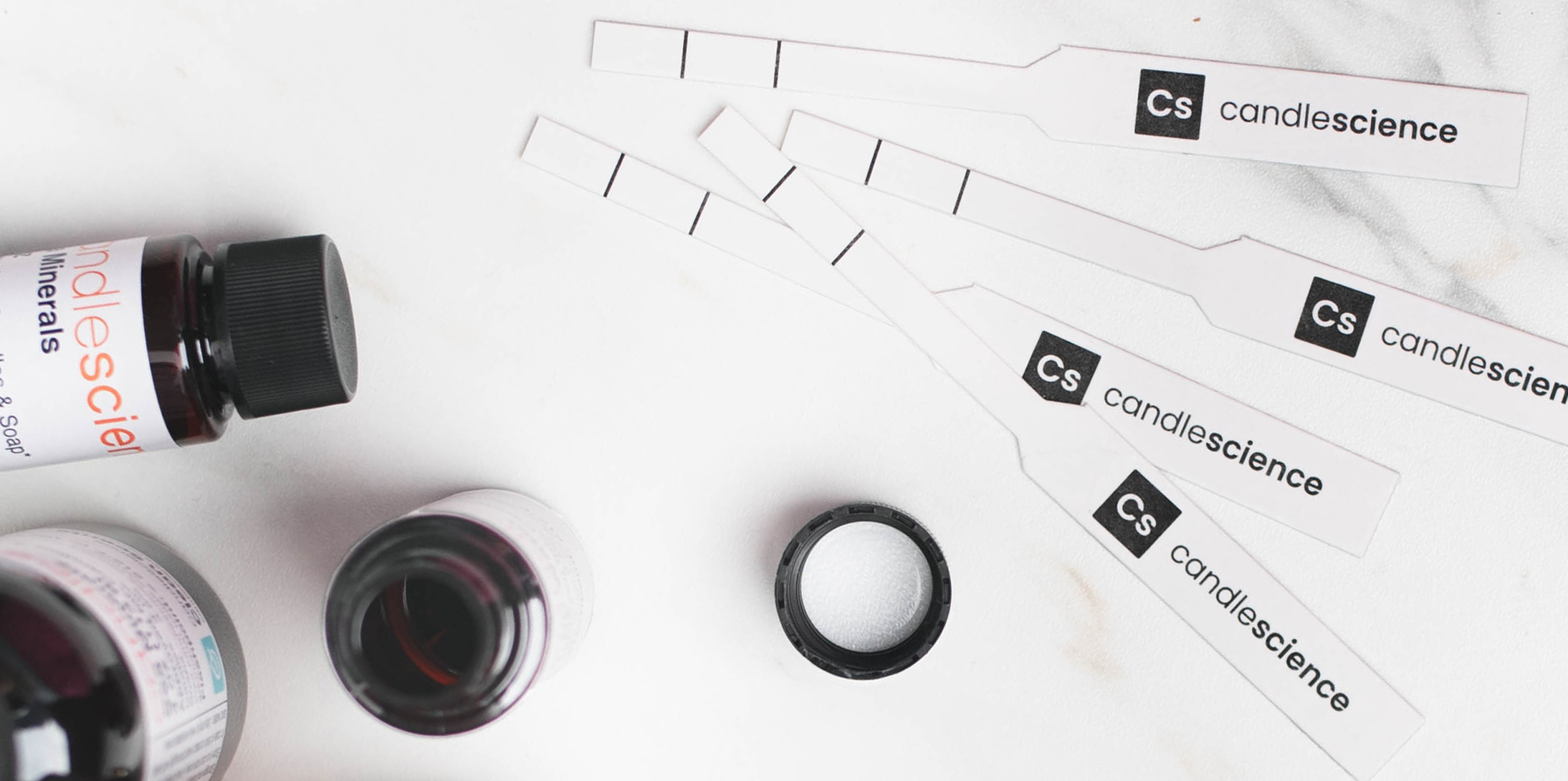
Take detailed notes as you're testing out your fragrance oil blend ideas. Make note of the scents combos you've tried, the ratios, whether you tested it in a candle, room spray, reed diffuser, etc.
You’re probably ready to test out a few of your blend ideas, but first...
What makes a fragrance a good blender?
Fragrance oils with simpler note profiles are your best choice when you begin experimenting with fragrance blending.
We highly recommend our BlendingElements line, which is a collection of single-note fragrance oils designed specifically for creating fragrance blends and enhancing aspects of more complex fragrance oils.
Beyond options in the BlendingElements collection, when you’re learning and getting your process down, try to stick to more basic scents for the best results. If you want to try a blend with a more complex fragrance, be sure that the other fragrance(s) in the blend are simple.
Many of our other fragrances, which have some complexity, are also excellent blenders.
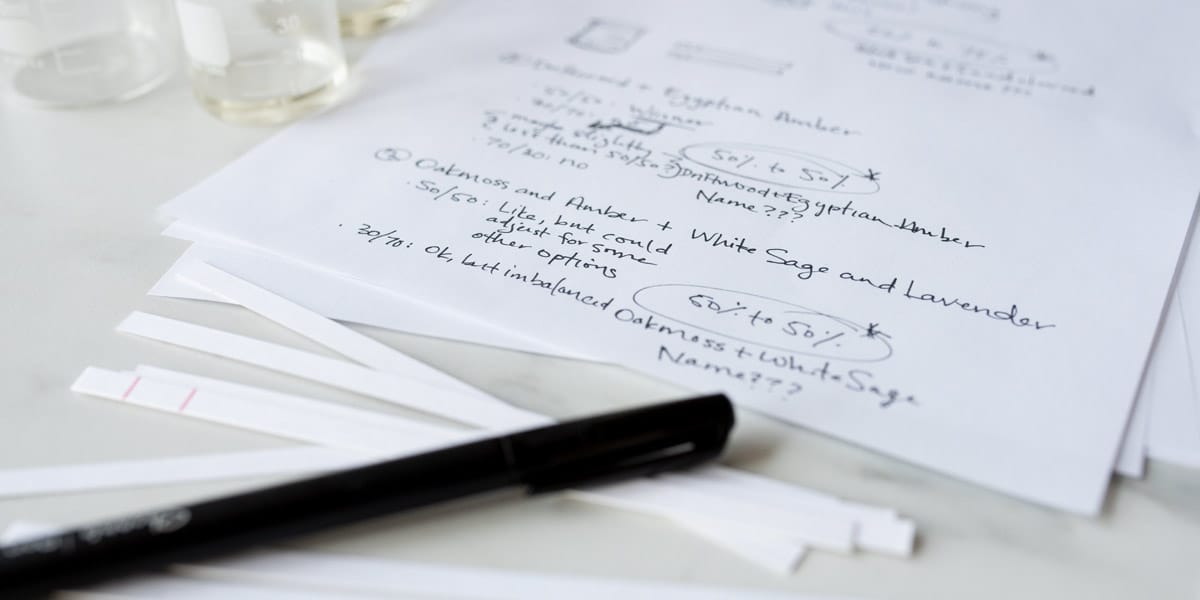
The benefits of blending fragrances together
Fragrance blending is lots of fun, but it’s also a great way to differentiate your brand. Custom scents that can’t be found anywhere else entice customers to return again and again. Not to mention, you can create an entirely new fragrance library without the need to buy, test, and evaluate new fragrances!
Blending is also the perfect opportunity to flex those creative muscles! Scent blends can spark some attention-grabbing fragrance names, label designs, and other fun branding ideas. To get you started, here are a few scent name ideas we came up with:
- A Currant Affair: Black Currant and Jasmine + White Currant
- Winter Woods: White Birch + Fireside + Cranberry Woods
- Secret Garden/Midnight Garden: Moonflower Nectar + Sandalwood
- Island Breeze: Pineapple Sage + Sel de Mer
- Summer of Love: Patchouli + Rose Petals
- Seas the Day: Sea Minerals + Citrus Sunshine
- For Peeps Sake: Campfire Marshmallow + Pink Sugar Crystals
Our Fragrance Note Glossary is an outstanding resource to help you write evocative scent descriptions for your unique blends.
Discover more about the origins, nuances, and profiles for every fragrance note in our extensive scent collection .
Blending wheel
If you prefer a bit of direction when blending, our fragrance blending wheel can help! You might already be familiar with a color wheel or remember seeing it in art class—the concept is largely the same with the fragrance wheel. There are a few different ways to use these reference wheels, but we suggest getting started with complementary and kindred notes.
- Complementary notes are opposite each other on the fragrance blending wheel. Fruity and aromatic, spicy and floral, and gourmand and citrus are a few examples of complementary blends. Selecting complementary notes for your blend will result in a complex, well-balanced fragrance.
- Kindred notes are beside each other on the wheel. If we start with a woody note, then we know its kindred counterparts are aromatic and amber. These blends are harmonic and familiar, and typically include notes that are easily recognizable.
Think about some of your favorite fragrances. Can you tell which categories their notes fall into? The combination of woody and green notes makes Dry Gin and Cypress an example of a complementary blend, while Golden Santal uses kindred notes in amber, woody, and aromatic categories.
The fragrance wheel is a helpful resource for inspiration and guidance, but remember that these pairings are suggestions, not strict rules.
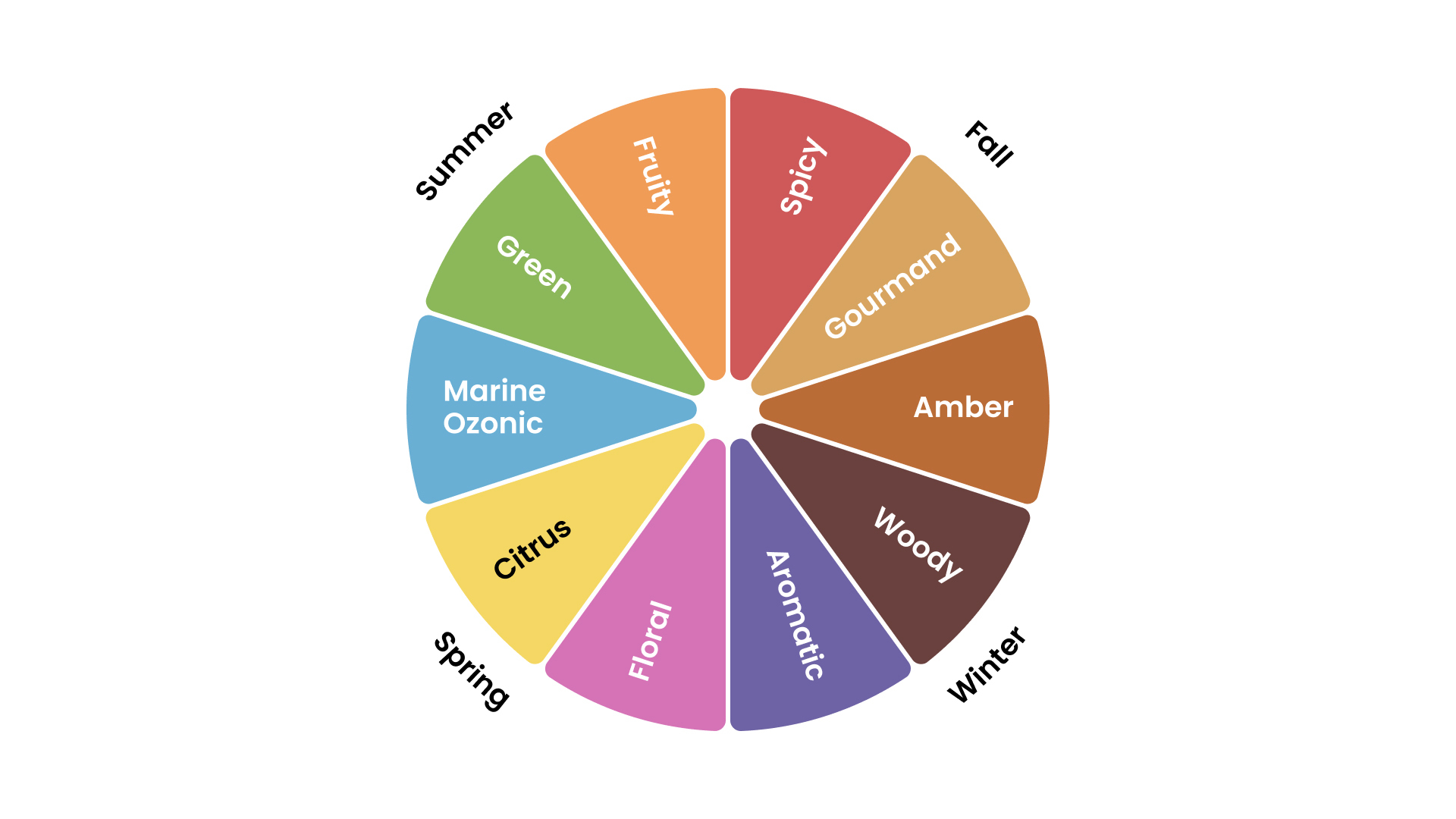
Download Fragrance Wheel printable
Fragrance oil blend ideas to get you started
These blends are tried, tested, and Candle Scientist-approved!
Fragrance Blending | Live Event
Watch a replay of this YouTube live with Dana and Kevin as they break down the basics of crafting custom scents.
—Recorded July 24, 2025
Community-sourced fragrance blends
Snag some fragrance oil blend ideas from your fellow makers!
-
Fireside + Very Vanilla + Creme Brulee = Toasted Marshmallow
--Christina C. via Facebook
-
Orange Blossom + Blood Orange
--Maureen S. via Facebook -
Fireside + Fallen Leaves
--Jessee M. via Facebook -
Lavender + Vetiver + Magnolia and Peony
--Sara B. via Facebook -
Amber Noir + Caribbean Teakwood
--Simone H.M. via Facebook -
Orange Blossom + Patchouli
--Theresa T. via Facebook -
Apple Harvest + Strudel and Spice
--Christina S. via Facebook
-
English Garden + Peach Nectar
--Marija Z. via Facebook -
Cedarwood Vanilla + White Tea
--Sara B. via Facebook
Now that you're a fragrance blending pro, why not share the love? Share your best blending tips and your own tried-and-true blends with us and the entire community by tagging us @CandleScience. We may feature you in our Stories or on our website!



